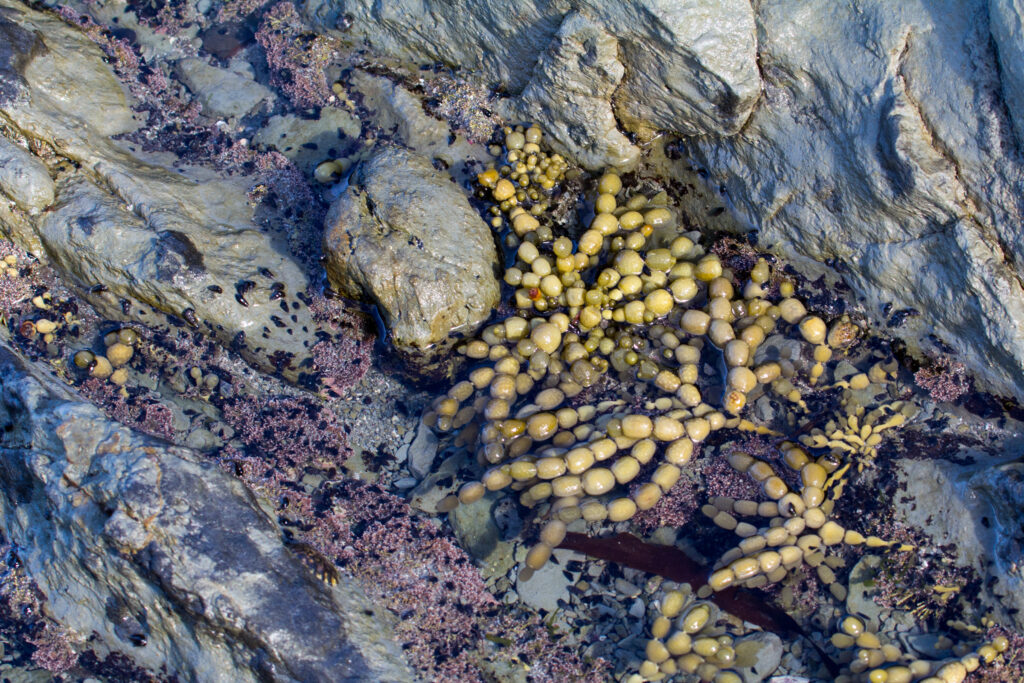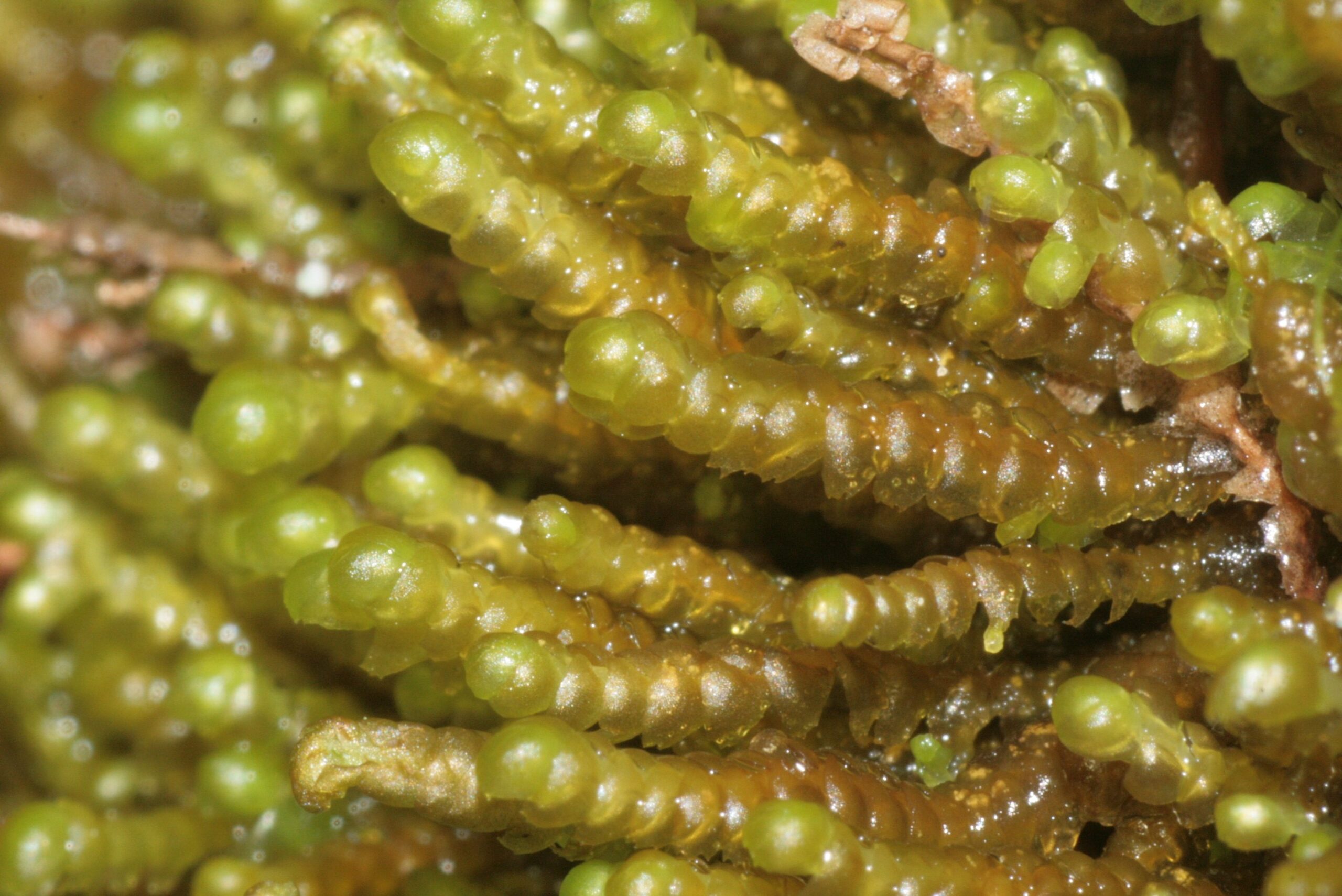Sea Grapes: The Exotic Superfood Taking the Culinary World by Storm – In recent years, a fascinating superfood has been making waves in the culinary world – sea grapes. Also known as green caviar, umibudo, or Caulerpa lentillifera, these tiny, translucent green spheres are cultivated in marine environments and are prized for their unique texture and nutritional benefits.
Sea Grapes: The Exotic Superfood Taking the Culinary World by Storm

Nutritional Benefits of Sea Grapes
Sea grapes are packed with essential nutrients, including vitamins A, C, and E, as well as minerals like calcium, magnesium, and iodine. They are also rich in antioxidants, which help combat oxidative stress and promote overall health.
Culinary Uses of Sea Grapes
Sea grapes are versatile ingredients that can be incorporated into a variety of dishes. From salads and sushi to soups and stir-fries, their briny flavor adds a refreshing burst of sea essence to any recipe. They can also be enjoyed on their own as a nutritious snack.
Health Benefits of Consuming Sea Grapes
The consumption of sea grapes has been linked to numerous health benefits, including improved digestion, enhanced immune function, and better skin health. Their high fiber content aids in digestion, while their antioxidant properties help boost the immune system and promote youthful skin.
Sea Grapes in Traditional Medicine
In addition to their culinary uses, sea grapes have been utilized in traditional medicine for centuries. In various cultures, they are believed to possess medicinal properties that can help alleviate ailments such as high blood pressure, arthritis, and inflammation.
Sustainability and Environmental Impact
One of the most appealing aspects of sea grapes is their sustainability. Unlike land-based crops, sea grapes require minimal freshwater and land resources to cultivate, making them an environmentally friendly food choice.
Cultivation and Harvesting of Sea Grapes
Sea grapes are typically cultivated in shallow coastal waters, where they thrive in warm, tropical climates. Harvesting is done manually by trained divers, who carefully select the ripest clusters to ensure optimal flavor and texture.
Sea Grapes Around the World
While sea grapes are native to the Indo-Pacific region, they have gained popularity worldwide and are now cultivated in countries such as Japan, Thailand, the Philippines, and even parts of the Caribbean.
Recipes Featuring Sea Grapes
From sea grape salad with citrus vinaigrette to sea grape sushi rolls, there are countless ways to incorporate this exotic superfood into your culinary repertoire. Experiment with different flavors and textures to create delicious and nutritious dishes that showcase the unique taste of sea grapes.
Where to Find Sea Grapes
Sea grapes can be found at specialty grocery stores, seafood markets, and online retailers. Look for fresh, plump clusters with vibrant green coloration for the best quality and flavor.
Tips for Selecting and Storing Sea Grapes
When selecting sea grapes, choose clusters that are firm and intact, with no signs of wilting or discoloration. Store them in the refrigerator in a sealed container or plastic bag for up to a week, rinsing them gently before use.
Potential Side Effects and Precautions
While sea grapes are generally safe for consumption, some individuals may experience allergic reactions or digestive discomfort. It’s important to consume them in moderation and consult with a healthcare professional if you have any concerns.
Incorporating Sea Grapes into Your Diet
Whether you’re a seasoned chef or a novice cook, incorporating sea grapes into your diet is a delicious and nutritious way to elevate your culinary creations. Experiment with different recipes and enjoy the unique flavor and texture of this exotic superfood.
Future Prospects of Sea Grapes
As awareness of the health and environmental benefits of sea grapes continues to grow, their popularity is expected to soar in the coming years. Look out for new culinary innovations and products featuring this exotic superfood.
Conclusion: Embracing Sea Grapes in Your Culinary Journey
In conclusion, sea grapes are a versatile and nutritious superfood that is taking the culinary world by storm. With their unique flavor, texture, and health benefits, they offer endless possibilities for creative cooking and culinary exploration. Whether enjoyed fresh as a snack or incorporated into gourmet dishes, sea grapes are sure to delight your taste buds and nourish your body. So why not embark on a culinary journey with sea grapes today.
FAQs
- Are sea grapes suitable for vegetarians and vegans?
- Yes, sea grapes are plant-based and are suitable for both vegetarian and vegan diets.
- Can I grow sea grapes at home?
- While it’s technically possible to grow sea grapes in home aquariums or aquaponic systems, they are best suited to cultivation in marine environments.
- Do sea grapes taste like traditional grapes?
- No, sea grapes have a unique briny flavor reminiscent of the ocean, rather than the sweet taste of traditional grapes.
- Are there any alternative names for sea grapes?
- Yes, sea grapes are also known as green caviar, umibudo, and Caulerpa lentillifera.
- Are there any known interactions between sea grapes and medications?
- While sea grapes are generally safe for consumption, it’s always advisable to consult with a healthcare professional if you have any concerns about potential interactions with medications.




